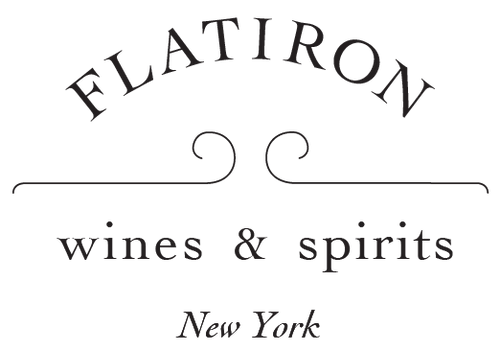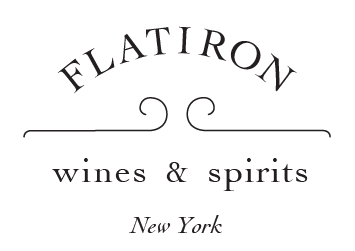Jean-Claude Lapalu
Between the old guard and the new of Beaujolais winemakers sits Jean-Claude Lapalu. Not quite from the generation of Metras, Lapierre and Foillard and a bit too mature to be part of the young gang... Read More
Between the old guard and the new of Beaujolais winemakers sits Jean-Claude Lapalu. Not quite from the generation of Metras, Lapierre and Foillard and a bit too mature to be part of the young gang that includes Julie Balagny and Pierre Cotton, Lapalu embodies the best qualities of both generations. Every wine he makes shows the synthesis between these two movements. With old vines and perfectly situated vineyards and a delicate touch with natural sensibilities in the cellar, Lapalu represents the balance in the nexus of Beaujolais winemaking styles.
Lapalu’s patchwork of vineyards are situated in the south of Beaujolais extending from Mount Brouilly to Saint-Etienne-la-Varenne. Here his east and southeast facing vineyards benefit from a more Mediterranean climatic influence than crus just a few miles to the north. Perhaps that is why it was cult Provençal cuvees that inspired him to start bottling his own wine in 1995 rather than continue to sell grapes to the co-op as his father and grandfather had.
Success was not instantaneous for Lapalu. He found himself too self-conscious to ask for help from the likes of Marcel Lapierre and his contemporaries so he kept his winemaking by the book. Over time, though, he discovered all he really needed was one thing: good grapes. And that he had in spades. Most of Lapalu’s vines are between 50 and 100+ years old. With that quality so easily apparent his wines began to become known outside the region. As his popularity grew so did the rate of exchange of ideas and every year his wines got better and better.
Today Lapalu boasts vineyards certified organic by Ecocert but with various biodynamic principles applied as he sees fit. He also employs a number of natural winemaking techniques in the cellar like carbonic and partial-carbonic maceration and vinification in glass-lined concrete tanks. Sulfur use is minimal. However, he also uses many traditional methods of vinification as well such as using a 19th century vertical press and elevage in used barriques or tonneaux for some of his cuvees. The combination of these two schools of thought reveals some of the truest expressions of Gamay in Brouilly and the whole of Beaujolais.

